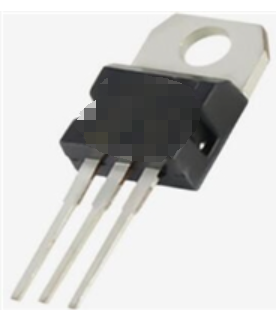Date:2025-06-26 Categories:Product knowledge Hits:315 From:Guangdong Youfeng Microelectronics Co., Ltd
3、 Working principle:
The working principle of Darlington transistor is similar to that of ordinary transistor. When an input signal is applied to the input terminal, the base current of the first transistor (driving transistor) is amplified, thereby controlling the current of the second transistor (output transistor). The current of the output transistor passes through the load resistor to form the output signal. Due to the cascading effect, the current of the output transistor can be several times that of the input current, achieving the purpose of current amplification.
4、 Application:
Darlington transistor are commonly used in circuits that require high current amplification, such as power amplifiers, switch circuits, and drive circuits. It can provide a large output current and is suitable for driving devices such as motors and relays that require high power.
5、 Reason for malfunction:
The common causes of faults in Darlington transistors include:
1. High temperature: Long term operation or high ambient temperature can cause malfunction of Darlington transistors, which may result in transistor damage or loose solder joints.
2. Overvoltage: Excessive input voltage or sudden changes in power supply voltage may damage the Darlington transistor.
3. Electrostatic breakdown: Electrostatic discharge may cause instantaneous overvoltage on Darlington transistor, leading to damage.
4. Vibration and oscillation: Mechanical vibration or circuit oscillation may cause faults in Darlington transistors, such as solder joint disconnection or circuit instability.
5. Excessive humidity: Excessive humidity may cause internal short circuits or oxidation in Darlington transistors, leading to malfunctions.
6. Incorrect use or installation: Incorrect use or installation methods may cause Darlington transistors to malfunction.

Previous: Classification, Structure, and Principle of MOSFET